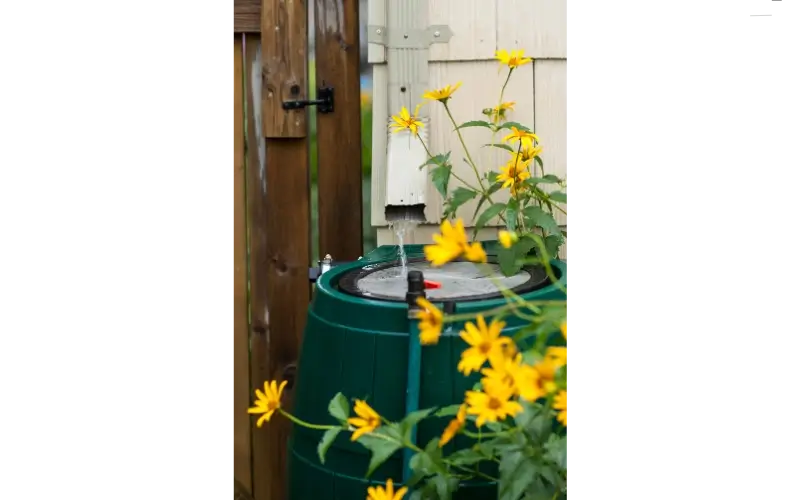Collecting rainwater sounds simple—set up a barrel, wait for a storm, and enjoy free water for your plants or yard. But a rain barrel isn’t a one-size-fits-all solution. To get real value from it—and avoid frustration—there are a few things to think through before placing one under your downspout.
Start With What’s Coming Off Your Roof
One of the most common mistakes is underestimating how much water a roof sheds during a storm. Just one inch of rain on a 100-square-foot section of roof can yield over 60 gallons of runoff. For homeowners and small business owners alike, that means a standard barrel can fill faster than expected—especially during Oklahoma’s heavy spring and summer storms.
Choosing the right size for your barrel means less overflow, less stress on nearby landscaping, and more usable water when you actually need it.
Have a Plan for Overflow
Even the best rain barrel will reach capacity—sometimes within minutes. What happens after that matters more than most people realize. Without a safe place for overflow to go, water can pool around your foundation, seep into basements or crawl spaces, or wash out nearby mulch beds.
A good setup includes a hose or overflow outlet that directs water well away from the home or building. If you have underground drainage in place, this can be a great tie-in point to manage excess water without creating new issues.
Stable Placement Makes a Big Difference
A full barrel weighs hundreds of pounds. Set it on uneven or soft ground, and you risk tipping, shifting, or damaging the fittings. Elevating the barrel on cinder blocks or a proper stand keeps everything level, helps with water pressure, and makes it easier to access the spigot.
This isn’t just about safety—it’s about convenience. If reaching the barrel is difficult or unstable, you’re far less likely to use it regularly.
Check Local Rules Before You Buy
Some municipalities or neighborhood associations have rules about rain barrels—how large they can be, where they can be placed, and how overflow is managed. On the flip side, certain water utilities or conservation programs offer rebates or credits when you install one properly.
A quick check with your city or water provider could save you time, money, and a future re-do.
Think About How You’ll Use the Water
Rainwater is ideal for gardens, flowerbeds, or rinsing off outdoor tools. Some people use it to clean patio furniture or even fill decorative features. But if the goal is to water raised beds uphill from the barrel or supply drip irrigation, you’ll need the right fittings—or even a small pump—to make the system work for you.
Being clear on how you’ll use the water helps determine what features matter most. It also ensures you won’t outgrow the system or end up with something that’s more work than it’s worth.
Maintenance Is Low, Not Zero
Most barrels need a quick check once a month. Clearing the screen, draining any leftover water before winter, and checking that the overflow hose hasn’t shifted will keep the system working as it should. A little time up front prevents algae buildup, mosquito issues, and clogged lines that could stop water from flowing.
Final Thought
When sized, placed, and maintained correctly, a rain barrel can be a smart way to conserve water and reduce runoff. It’s a small change that can make a big difference—especially when paired with a well-functioning gutter system.
If you’re thinking about adding one but want help figuring out where it should go or how it fits with your current gutter system, Expert Gutters can take a look, help you plan, and take care of your project —start to finish.



